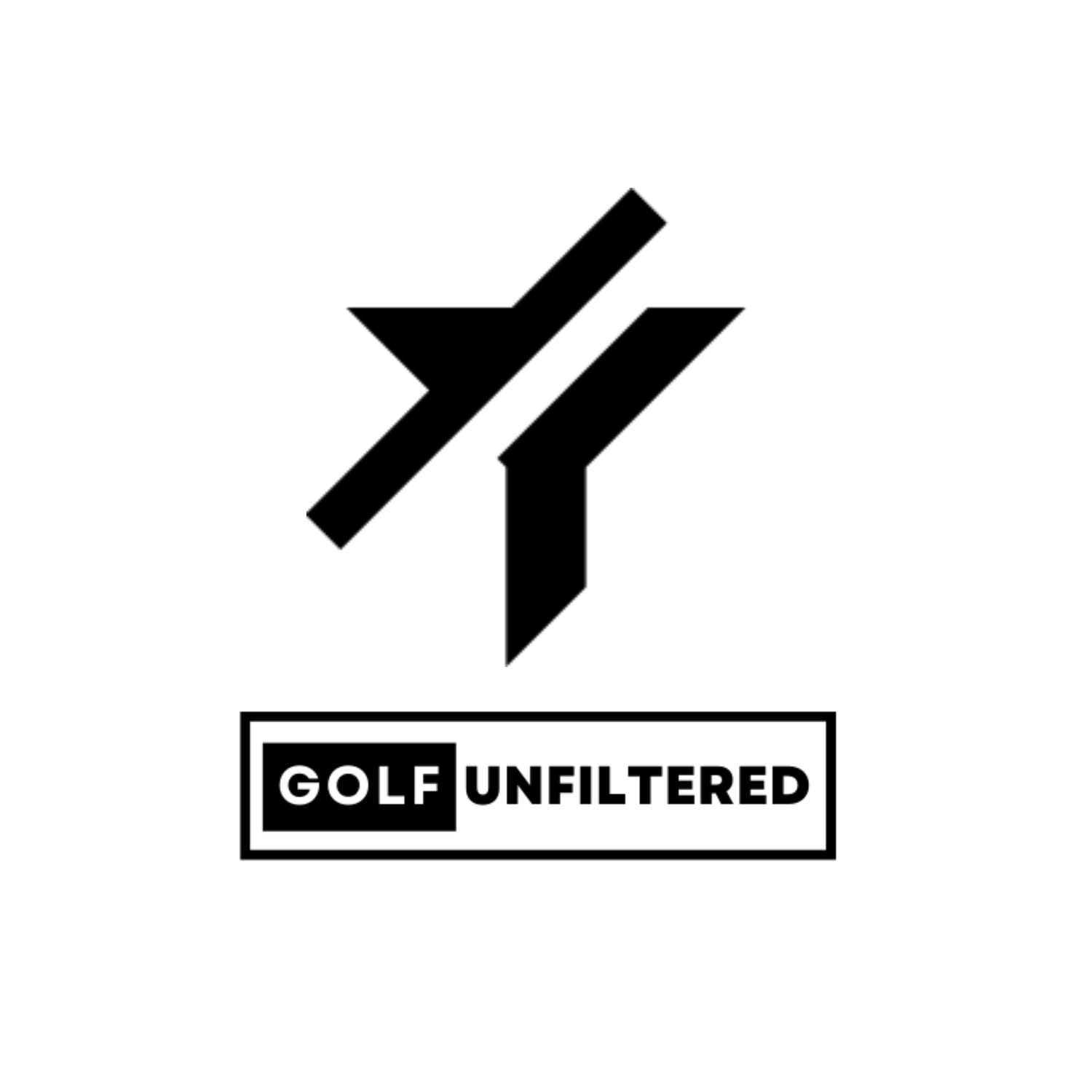Will Golf Equipment Sales be Sustained in 2021?
If there is a silver lining in the 2020 coronavirus pandemic, it’s the golf industry’s incredible resurgence both in terms of sales and participation. Golf equipment sales broke records from one month to the next as a wave of new and returning golfers turned to the game during national lockdowns caused by COVID.
Amid this incredible trend, a budding question grew in the minds of all industry heads across the country: can the record golf equipment sales be sustained?
Historic Golf Equipment Sales Set the Stage
Understanding how golf survived — and thrived — the 2020 COVID pandemic begins with the data. According to Golf Datatech, a leading research firm for the industry, Q3 2020 was absolutely insane in terms of equipment sold in every category. July 2020 is now on record as the highest single month ($388.6 million) since Golf Datatech started tracking this stuff in 1997.
How did that happen? Well, it helps when every single category was up over 25% across the board. Sales of golf balls, irons, woods, wedges, and putters soared, besting itself seemingly every month well into the third quarter. The holiday season of Q4 — while not available at the time of this writing — is bound to show a continuing trend despite most of the country being shuttered by cold weather and additional state lockdowns.
As you can guess, the golf equipment boom complimented the number of rounds played in 2020, which the National Golf Foundation and Golf Datatech reported were up as much as 20% in August. This is despite — and perhaps because of — most golf courses locked down in the early stages of the pandemic.
“One element we’re seeing is that the more folks play, the more they think about equipment,” said David Maher, president and CEO of Titleist and FootJoy parent Acushnet, on a recent quarterly earnings call for the company. “So I think that’s been an accelerant to the strong equipment sales we’ve seen over the last couple of months, but fair to say that this participation we’re seeing is coming from all angles. And it only affirms, again, that correlation between rounds of play and the commercial element of the game and the spending component of the game.”
Can this trend be sustained? A few factors may prevent both sides of the coin from seeing continued growth.
A Double-Edged Sword
The first shipments of the COVID vaccine shipped in mid-December 2020, preempting the (hopeful) beginning of the end of the pandemic. Simultaneously, cases are on the rise in pretty much every segment of the United States to complete the second leg of a horrible dual-train analogy.
Depending on how states react to both the distribution of the vaccine and rising infection rate, a second (or third) lockdown could be on the horizon. Enforcement of a lockdown is another argument for another day (and website), but golf’s participation numbers may plummet depending on how things play out.
If that is true, we’ll likely see a real-life pilot test to determine if everything golf put in place in 2020 can be reproduced in early 2021. The positive spin to this is that we’ve literally just been through a lockdown, know what worked (and what didn’t work) to keep golfers on courses and golf businesses open, and with a few tweaks can weather the storm.
Unfortunately, a lot of that “weathering” required employee furloughs amid surging demand. When you’re one of the few organized outdoor activities available, and millions of new customers come pounding at your proverbial door, life happens quickly. Employee burnout is a real threat to the industry, especially when there are fewer people on staff to go around.
As with most things in life, there’s always a second side to the story. Golf’s resurgence and record-breaking year has likely set it up for continued success into 2021, just as long as an equal, safe balance of supporting that sustained trend is achieved across the board.

